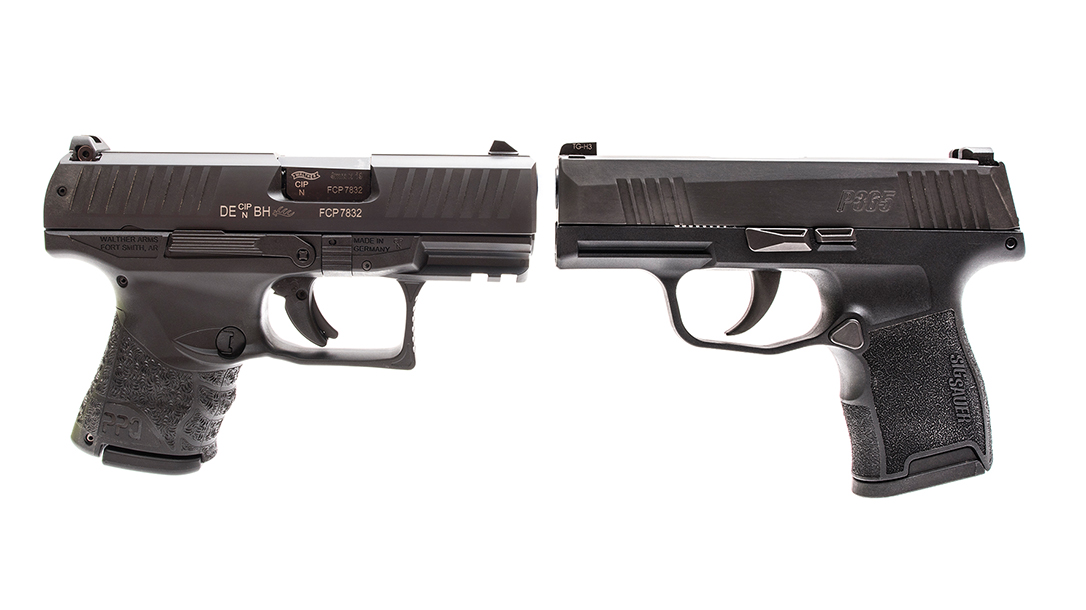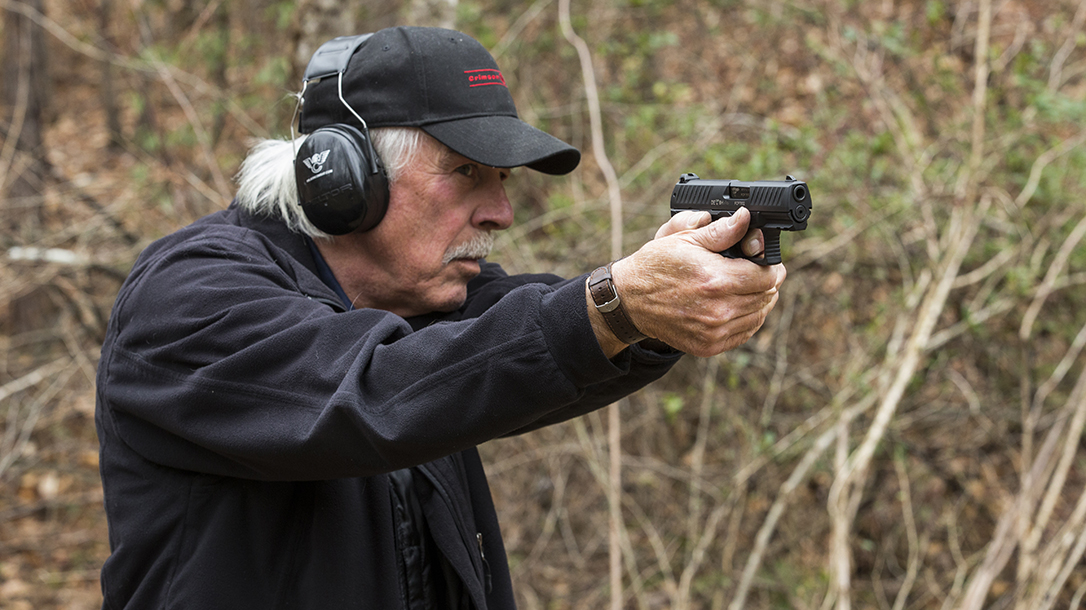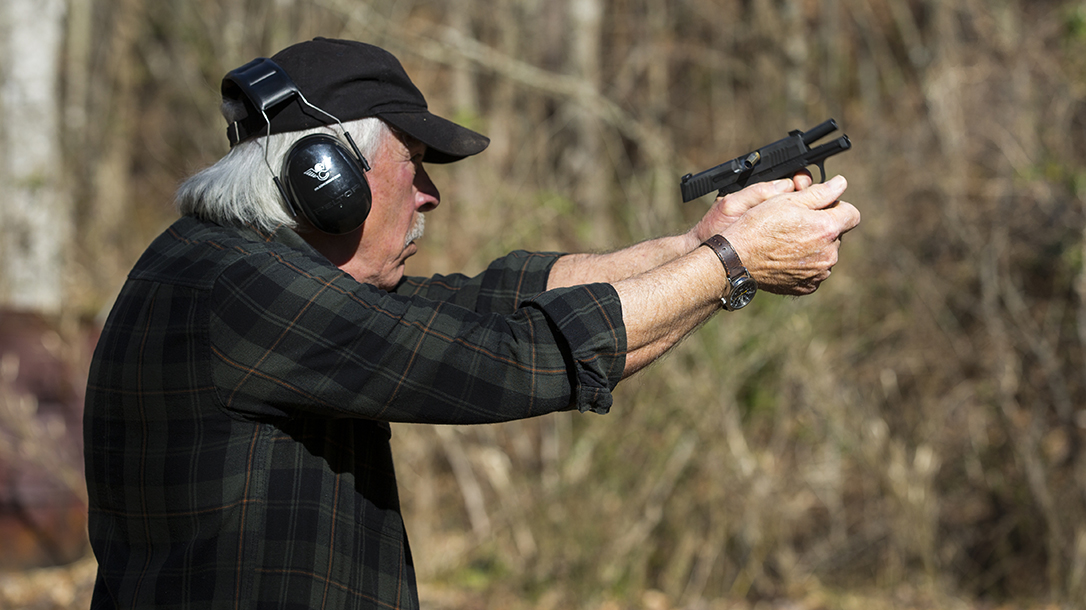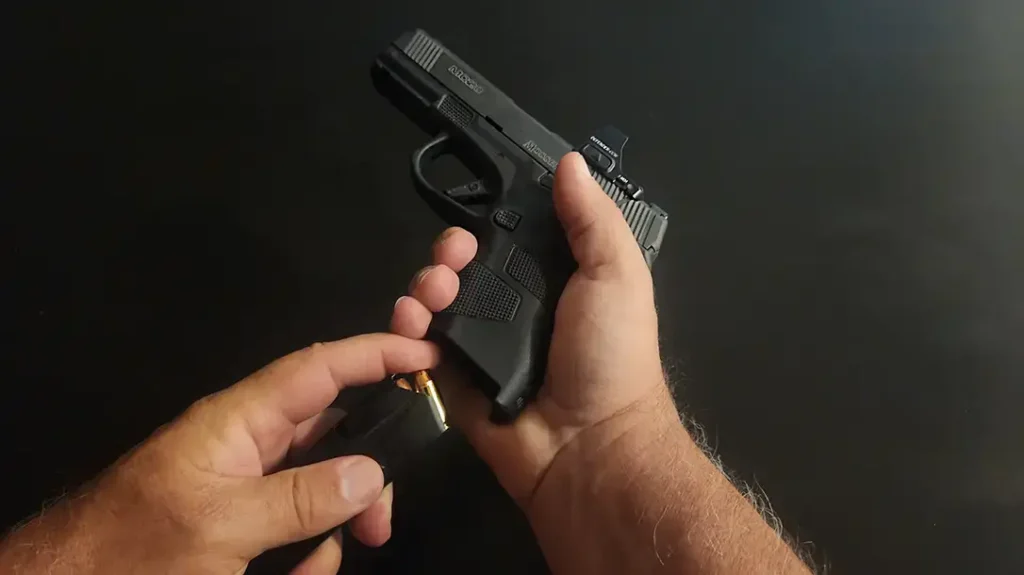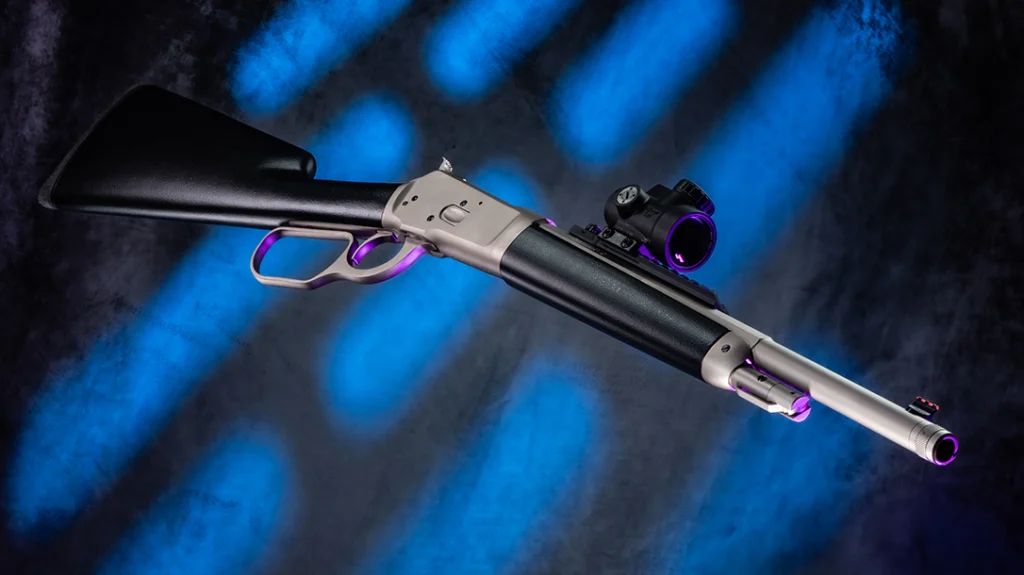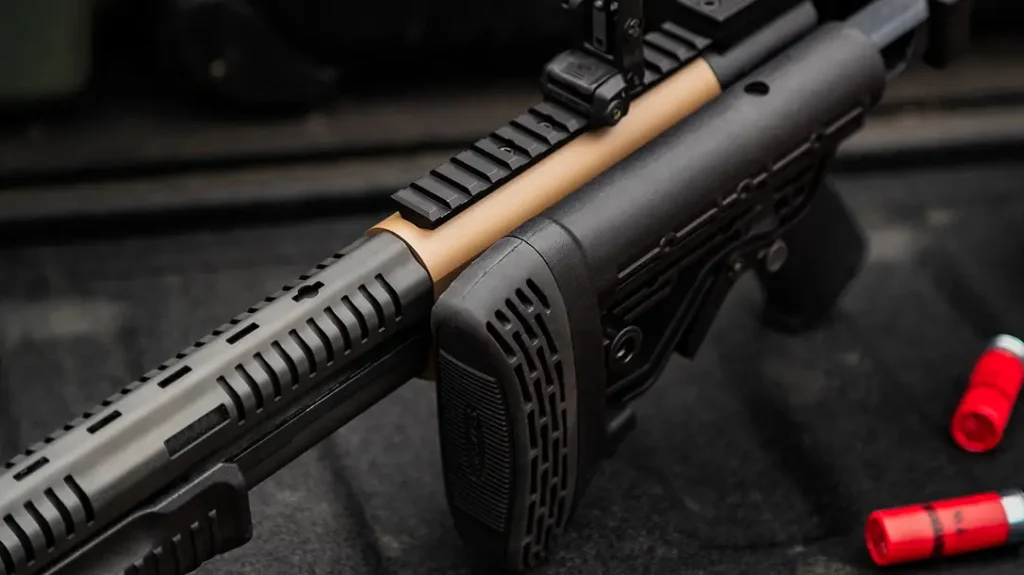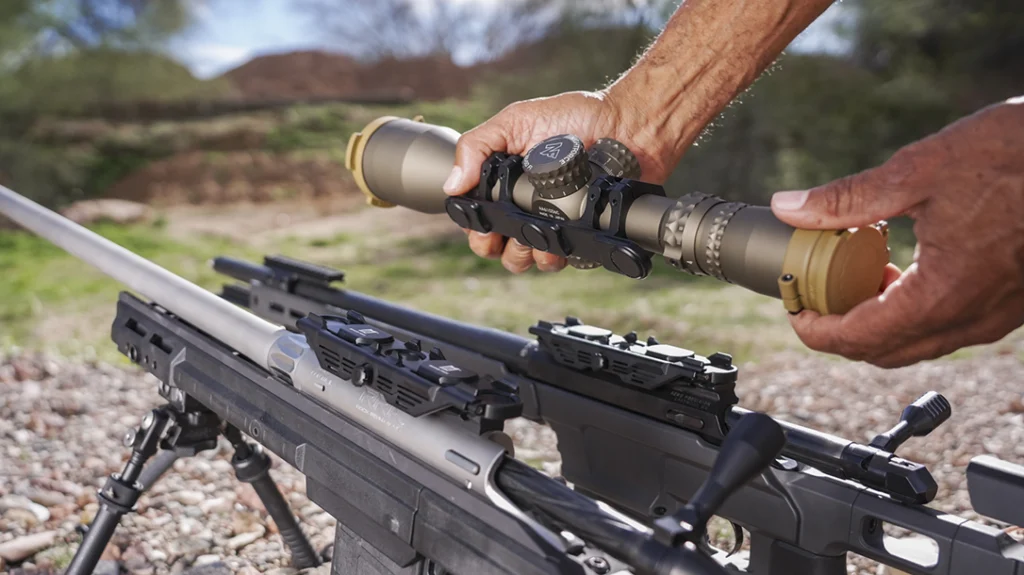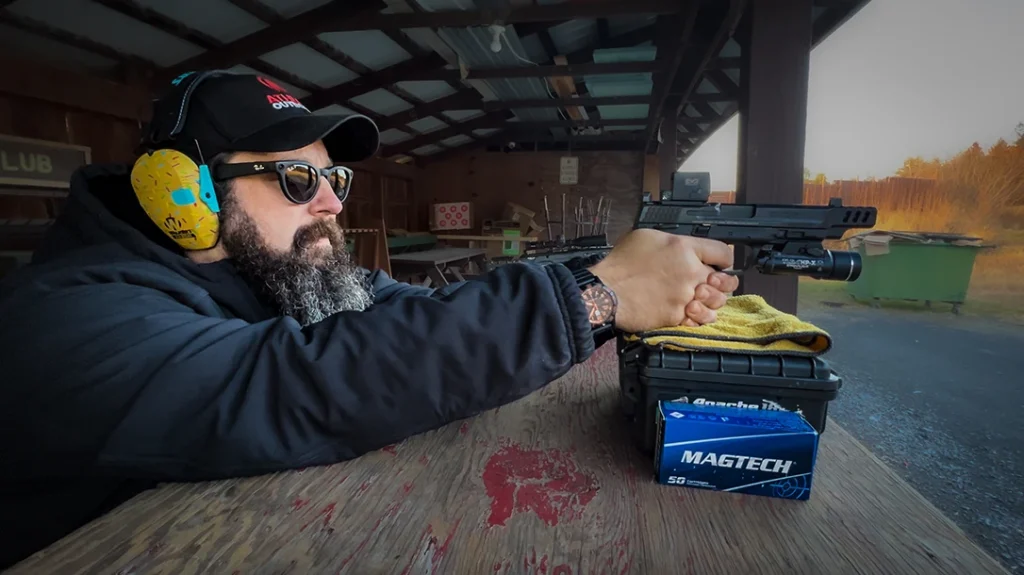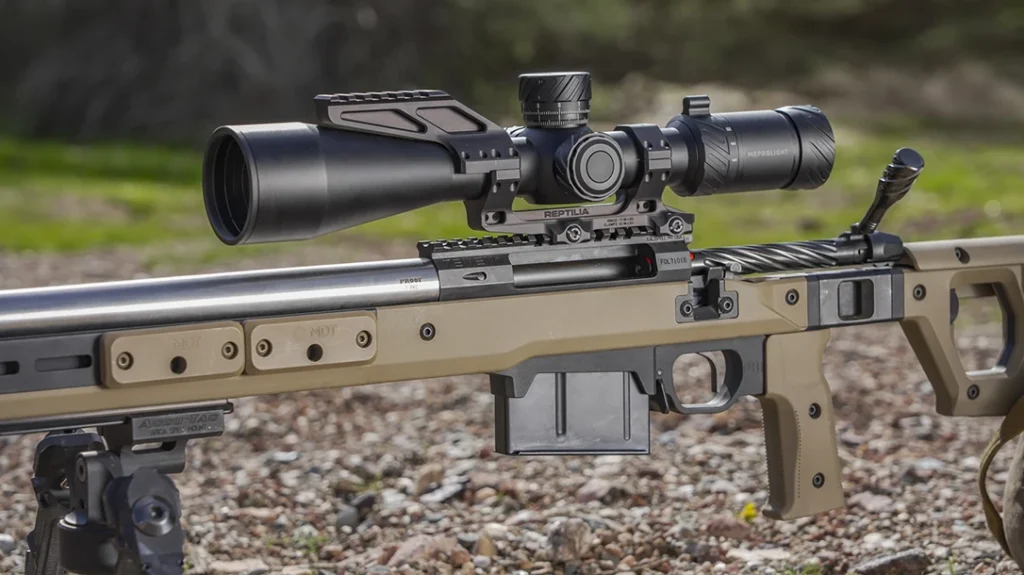Subcompact pistols seem to be all the rage right now as both manufacturers and individuals work to find better solutions for everyday concealed-carry needs. While there are some who don’t mind the extra weight and bulk of compact or full-sized pistols for concealed carry, most folks are looking for a better compromise when it comes to size, capacity and performance.
Recognizing that fact, many firearms companies have been introducing a plethora of pistols during the past few years to fill that void. Among those are Walther Arms and Sig Sauer. Both companies have recently released pistols for the concealed-carry market in a bid to capture a share of this growing market.
Advertisement — Continue Reading Below
Walther’s entry is the new PPQ SC, which is modeled after the company’s popular PPQ M2 series, and Sig’s release is the newly designed P365. Both pistols are similar in that they are polymer-framed, striker-fired pistols with standard capacities of 10+1 rounds. But while these guns share similar materials and operating systems, there are plenty of other differences that separate them and make each one a contender in its own right.
Walther’s Warrior
Taking the PPQ SC in hand, there’s no questioning the origins of its DNA. It is essentially an abbreviated version of the PPQ M2. It has the same ergonomics with its molded grip, and it sports an American-style magazine release. The PPQ SC also incorporates the same excellent trigger system found in its older sibling. The sample I received for this review had a clean trigger break at just 4.2 pounds, though it also had a good amount of take-up. And it also had a very short reset (0.1 inches according to Walther), which allows for faster follow-up shots.
Cocking serrations adorn both the front and the rear of the slide, and the frame includes an oversized triggerguard that facilitates the pistol’s use with gloved hands. The PPQ SC measures 6.6 inches long, 1.3 inches wide, 4.4 inches high and weighs in at 21.2 ounces unloaded. The grip has some texturing around its circumference, though it is very subtle.
Advertisement — Continue Reading Below
Left-handed shooters will appreciate the ambidextrous slide release as well as the reversible magazine release. The PPQ SC also comes with basic three-white-dot sights made of polymer rather than steel. However, Walther does offer an optional set of night sights for those who are willing to invest a bit more in their carry tool of choice.
The standard magazine capacity for the PPQ SC is 10 rounds, though Walther includes an extended 15-round magazine with an integral sleeve in the box. Other notable features include a corrosion-resistant Tenifer slide finish and a Picatinny rail for the addition of accessories such as lights or lasers. To complement its already excellent ergonomics, the PPQ SC also comes with interchangeable backstraps so shooters can find the perfect fit.
SIG’s Micro Shooter
The P365 sprang from out of nowhere and took the marketplace by surprise. Purpose-built from the ground up, the P365 is actually dubbed a “micro-compact” by Sig Sauer. But, lest the size category fool you, it’s worthy of a close look to see what it actually has to offer.
Advertisement — Continue Reading Below
The standout feature of the P365, especially considering its size, is the 10-round magazine capacity. This pocket- worthy pistol has an overall length of 5.6 inches, a height of 4.3 inches and a width of just 1 inch. The weight of the Sig P365 is also just a scant 17.8 ounces. There were definitely at least a couple of Sig engineers burning the midnight oil to pack a flush-fitting, 10-round magazine into a package this small.
The grip is a one-size-fits-most design, as there are no interchangeable backstraps to adjust for user hand size. The Sig Sauer P365 also includes front and rear cocking serrations, and the frame has a proprietary rail for accessories, though I think that defeats the purpose of having a pistol this size.
Lefties may not be quite as fond of the P365 since the slide release is not ambidextrous, but it does include a reversible magazine release. Additionally, the P365 is also available with an optional ambidextrous thumb safety. This is a plus for those folks who are a little wary of most striker-fired pistols.
Advertisement — Continue Reading Below
Like most of Sig’s other pistols, the P365 comes with a stainless slide sporting a black Nitron finish. The gun comes with two 10-round magazines—one flush-fitting and one with a slightly extended basepad with a finger rest. For even more capacity, Sig Sauer also offers an optional 12-rounder to satisfy the firepower fanatics, including myself.
Originally, the P365 was slated to ship with SIGLITE night sights, but now it ships with the company’s excellent X-RAY3 day/night sights.
Walther PPQ SC vs Sig Sauer P365
When it comes to build type, operating system, feature set and magazine capacity, the PPQ SC and the P365 are pretty much on par with each other. The main objective difference between the two is size. The Walther is not only taller and longer, but it is also 30-percent wider as well. This isn’t necessarily a bad thing, but given that the P365 houses the same number of rounds in a much smaller package, it’s hard to justify dealing with the extra bulk and weight of the PPQ SC.
Advertisement — Continue Reading Below
The Walther’s famous trigger lived up to its name on the range, as it is certainly one of the best triggers I’ve used on a striker-fired pistol, though the Sig’s trigger pull was very close. There was more take-up with the Walther, and it had a bit of a gritty sensation. The P365’s trigger pull was shorter and crisper than the Walther’s but was a slight bit heavier.
The practical accuracy between the two was essentially identical. I fired both from 7 and 10 yards, and each easily printed groups tighter than 2 inches off-hand. I will say that from a tactical standpoint, I thought the bright green X-RAY3 sights on the P365 were quicker to pick up and align than those on the Walther. The Walther’s sights were narrower, and the dots were smaller.
Advertisement — Continue Reading Below
During the testing, the PPQ SC experienced one stovepipe malfunction, and that happened very early on in the shooting. It may have been a break-in issue, as it did not happen again. The P365 had no malfunctions, though because of its size and the position of the slide stop, I noticed that the side of my weak-hand thumb pushed the slide stop up a couple of times during recoil, causing the slide to lock back. I had to adjust my grip slightly to ensure this didn’t happen going forward.
Verdict
Both the P365 and the PPQ SC offer a lot in terms of features and quality. The selection process will come down to certain preferences or priorities like the feel of the trigger, concealability or even perceived value. The MSRP for the PPQ SC is $649 while that of the P365 is $600. They are fairly close in price, but the devil is in the details as far as what each one brings to the table. As always, it boils down to the little subjective things and what’s most important to the user. But, either way, both of these modern fighting pistols will serve you well.
Walther PPQ SC vs Sig Sauer P365 Breakdown
| Manufacturer | Walther PPQ SC | Sig Sauer P365 |
|---|---|---|
| Caliber | 9mm | 9mm |
| Barrel | 3.5 inches | 3.1 inches |
| OA Length | 6.6 inches | 5.8 inches |
| Weight | 21.2 ounces (empty) | 17.8 ounces (empty) |
| Grip | Polymer | Polymer |
| Sights | Three-dot | X-RAY3 day/night |
| Action | Striker-fired | Striker-fired |
| Finish | Matte black | Matte black |
| Capacity | 10+1, 15+1 | 10+1 |
| MSRP | $649 | $600 |
For More Information
Walther
waltherarms.com
Advertisement — Continue Reading Below
Sig Sauer
sigsauer.com
This article was originally published in “Combat Handguns” July/August 2018. To order a copy and subscribe, visit outdoorgroupstore.com.
